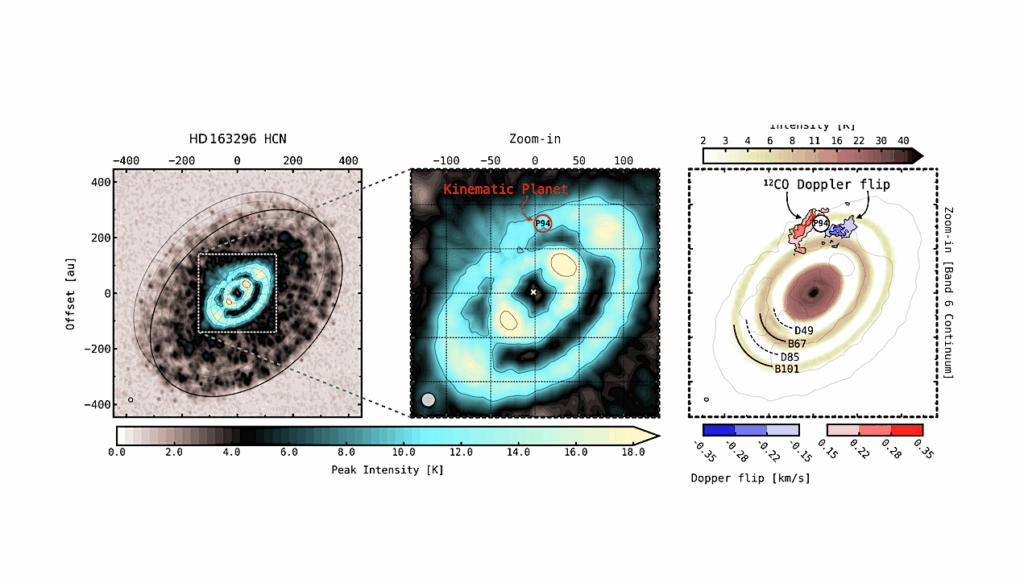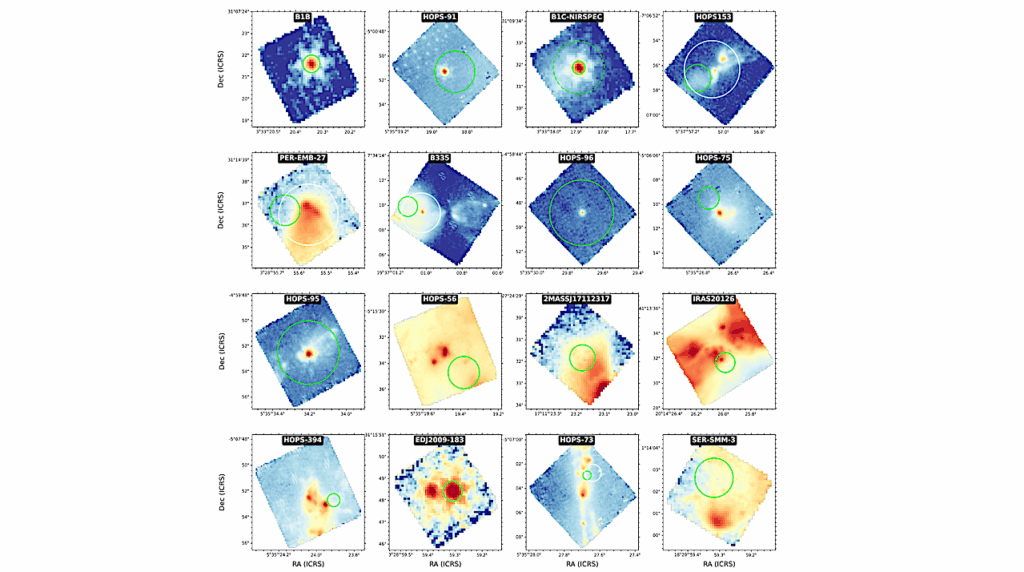Evidence For Abiotic Dimethyl Sulfide In Cometary Matter

Technological progress related to astronomical observatories such as the recently launched James Webb Space Telescope (JWST) allows searching for signs of life beyond our Solar System, namely in the form of unambiguous biosignature gases in exoplanetary atmospheres.
The tentative assignment of a 1−2.4σ spectral feature observed with JWST in the atmosphere of exoplanet K2-18b to the biosignature gas dimethyl sulfide (DMS; sum formula C2H6S) raised hopes that, although controversial, a second genesis had been found.
Terrestrial atmospheric DMS is exclusively stemming from marine biological activity and no natural abiotic source has been identified – neither on Earth nor in space.
Therefore, DMS is considered a robust biosignature. Since comets possess a pristine inventory of complex organic molecules of abiotic origin, we have searched high-resolution mass spectra collected at comet 67P/Churyumov-Gerasimenko, target of the European Space Agency’s Rosetta mission, for the signatures of DMS.
Previous work reported the presence of a C2H6S signal when the comet was near its equinox but distinction of DMS from its structural isomer ethanethiol remained elusive. Here we reassess these and evaluate additional data.
Based on differences in the electron ionization induced fragmentation pattern of the two isomers, we show that DMS is significantly better compatible with the observations. Deviations between expected and observed signal intensities for DMS are <1σ, while for ethanethiol they are 2−4σ. The local abundance of DMS relative to methanol deduced from these data is (0.13±0.04)%.
Our results provide the first evidence for the existence of an abiotic synthetic pathway to DMS in pristine cometary matter and hence motivate more detailed studies of the sulfur chemistry in such matter and its analogs.

Time-variability of DFMS mass spectra collected around 67P’s outbound equinox and for the set masses m/z=61 (a) and m/z=62 (b). The measured intensities per pixel are plotted with line points and in arbitrary units (a.u.). To improve the visibility, statistical uncertainties are indicated as error bars for the 3/15 03:55 UTC spectrum only. — astro-ph.EP
Nora Hänni, Kathrin Altwegg, Michael Combi, Stephen A. Fuselier, Johan De Keyser, Niels F. W. Ligterink, Martin Rubin, Susanne F. Wampfler
Comments: 11 pages, 4 figures
Subjects: Earth and Planetary Astrophysics (astro-ph.EP)
Cite as: arXiv:2410.08724 [astro-ph.EP] (or arXiv:2410.08724v1 [astro-ph.EP] for this version)
https://doi.org/10.48550/arXiv.2410.08724
Focus to learn more
Related DOI:
https://doi.org/10.3847/1538-4357/ad8565
Focus to learn more
Submission history
From: Nora Hänni
[v1] Fri, 11 Oct 2024 11:25:59 UTC (2,504 KB)
https://arxiv.org/abs/2410.08724
Astrobiology, Astrochemistry








